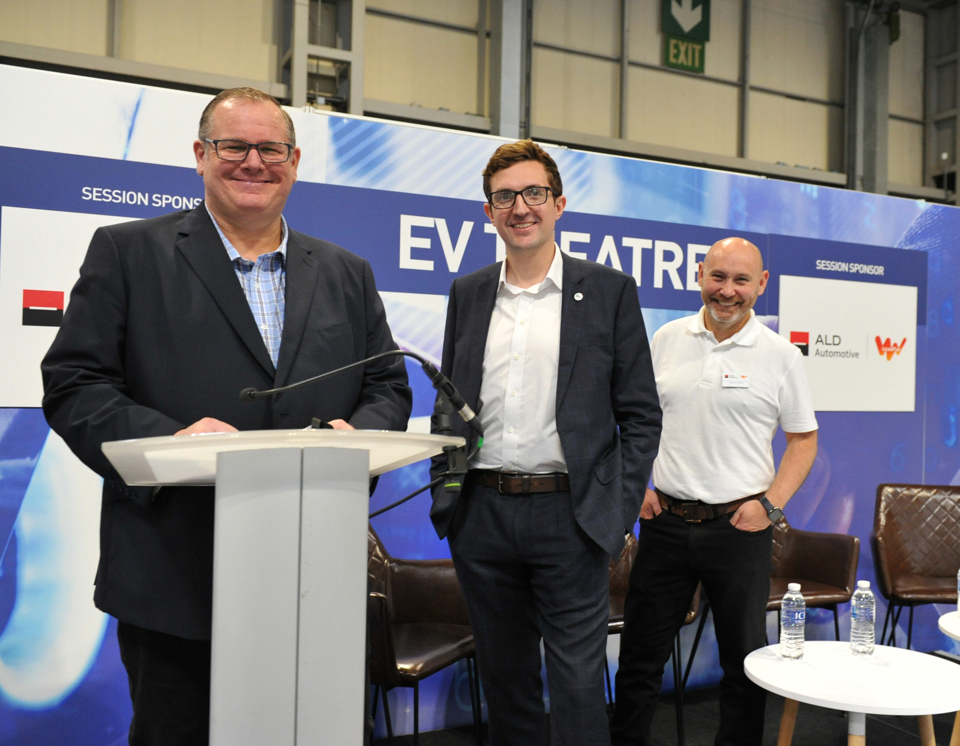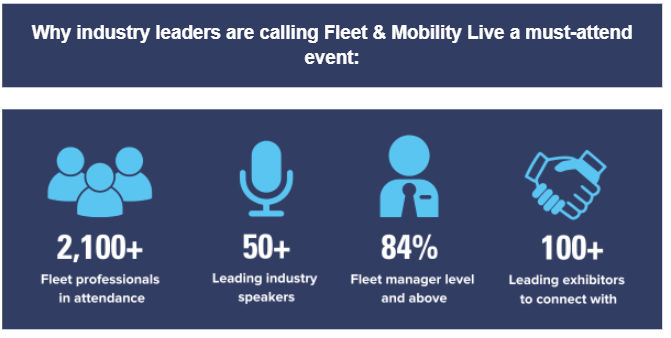Fleet decision-makers can smooth the transition to electric vehicles by harnessing the positivity of enthusiastic early adopters.
The Diesel to electric: helping car and van drivers make the switch session at Fleet & Mobility Live (view the session below) heard from both James Rooney, head of road fleet at Network Rail, and Stefan Szrama, QHSE lead, fleet and procurement, Mitie, about how they used selected employees as ‘EV ambassadors’.
This proved more suited to van drivers, who are generally more reluctant to switch to EVs than car drivers, who benefit from low benefit-in-kind taxes, said Rooney.
“Company car drivers are typically user-choosers who are often very tax motivated and that helps a fleet manager to get the right thing done, which is to get more EVs on the road,” he added.
“There is also much more choice with cars and much less with vans, and, actually, a lot of the vans you see, are the same vehicles from a similar brand just in a different livery or something else.”
One major difference is that while user-choosers can pick their company car, van drivers do not have the same opportunity.
“There’s a lot more feeling of being forced to go electric,” said Rooney. “They are not driving EVs because there are tax benefits for them or because it’s a pretty new BMW, they’re doing it because electrification is happening.”
Compounding any reluctance among drivers is that electric vans have reduced range compared to ICE models, while other concerns surround charging, as well as the impact of payload on the range.
“A lot of the time it’s resistance, resistance, resistance,” he added.
One way to overcome this is to identify any early adopter who is already using an EV and is enthusiastic about it.
Network Rail is trying to create EV ambassadors at each of its depots to allay any fears of drivers who are less convinced by the technology.
Register now for 2024’s Fleet & Mobility Live
“Find someone who has an EV and loves it because their infectious spirit means they will talk to others about it, they’ll take people out in it,” said Rooney.
“This helps to knock down any fear because they’ve been exposed to the technology.”
Mitie, which now has 3,770 electric vans – 52% of its fleet, found a similar approach to be helpful in the early stages of its electric transition.
“We definitely took advantage of our early EV ambassadors, especially when we had people who were really sceptical,” said Szrama.
“We also created internal communications and cascaded them out to our drivers and technicians. When they came round, they recognised the advantages and benefits of going electric.
“We are now more than halfway to having a fully-electric fleet so we need to use EV ambassadors less and less, because we’ve got so many people out there using them that the goodwill just grows.”
The session also covered many other aspects of the electric fleet transition, including first-hand experience and best practice advices on areas such as charging.
View the video below to watch the whole session.
























Login to comment
Comments
No comments have been made yet.